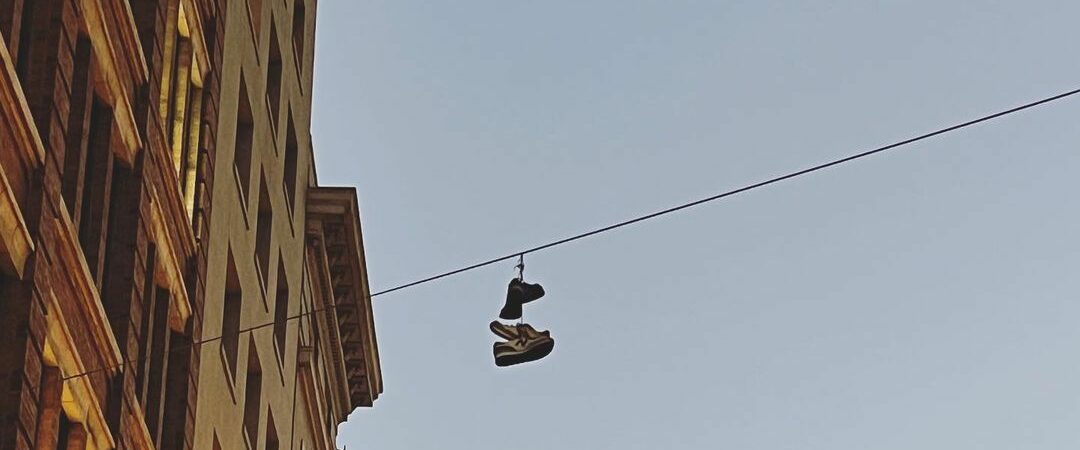Steve Lacy, 69, Who Popularized the Soprano Saxophone, Dies
June 5, 2004
By BEN RATLIFF
Steve Lacy, an American soprano saxophonist who spent more than half of his 50-year career living in Europe and helped legitimize his instrument in postwar jazz, died yesterday in Boston. He was 69.
The cause was cancer, according to an announcement from the New England Conservatory of Music, where Mr. Lacy had been teaching since 2002.
After performing in New York, his hometown, Mr. Lacy moved to Italy and France, and became the most Europeanized of all expatriate American jazz musicians. He married one of his musical collaborators, the Swiss-born singer Irene Aebi, who survives him. He insisted on a literary dimension to his work, incorporating texts by novelists, poets and philosophers – as well as visual-art and dance components, when time and money allowed.
For someone long considered an avant-garde artist, Mr. Lacy always insisted that nobody could get more avant-garde than Louis Armstrong; his best work was anti-highfalutin and doggedly practical. His most representative melodies, like “The Bath” and “The Gleam,” use gentle repetition and gentle wit; he developed his saxophone tone to be as attenuated as a Hemingway sentence, and his improvised lines as succinct. At the end of his life, hounded by tax problems in France, he returned to the United States, moving in 2002 to teach at the New England Conservatory and live in Brookline, Mass.
Mr. Lacy formed musical partnerships and made records at an astonishing rate. He led working bands of up to eight musicians for nearly 30 years; he also performed and recorded often as a solo saxophonist and in duos with partners as different as the American pianist Mal Waldron and the Japanese percussionist Masahiko Togashi. One of his discographies lists 236 items up to the year 1997, including more than 20 solo saxophone albums.
Mr. Lacy was born Steven Lackritz and grew up on the Upper West Side of New York City. Clarinet was his first instrument; then, inspired by hearing Sidney Bechet’s version, recorded in 1941, of a Duke Ellington song, “The Mooche,” he decided to pursue Bechet’s instrument, the soprano saxophone. At the time – it would still be a few years before John Coltrane would make it popular with his recording of “My Favorite Things” – he had little competition.
At the age of 21, he was performing the standard Dixieland repertory on both instruments at Stuyvesant Casino and the Central Plaza in New York; he shared stages with musicians like Henry Red Allen, Pee Wee Russell, Buck Clayton and Hot Lips Page, and his teacher, Cecil Scott. And he was also playing at the Newport Jazz Festival with the pianist Cecil Taylor, who was terrifying audiences by doing away with traditional structure and tonality. Mr. Lacy worked with Mr. Taylor for six years and with other bandleaders as well, including Gil Evans; he always described this mix as the best possible training for a jazz musician.
One of them was Thelonious Monk, who became a guiding aesthetic master to Mr. Lacy for the rest of his life. Through playing with Monk in a quintet and big band, and studying his music assiduously, Mr. Lacy was able to absorb the elder musician’s wit, economy, insistence on simple rhythmic patterns and range of melody. He once described Monk’s music as perfect for the soprano saxophone: “Not too high, not too low, not easy, not at all overplayed and most of all, full of interesting technical problems.”
In 1966, with no work at home, Mr. Lacy began his long trip away from America. He took a group to Argentina and ended up stranded there for nine months because of political unrest. Later he headed to Rome with Ms. Aebi, where they worked with Musica Elettronica Viva, a quartet that blended modern-classical tendencies with improvisation and included two other American expatriates, Frederic Rzewski and Alvin Curran. After a brief stay in Rome, Mr. Lacy and Ms. Aebi moved to Paris in 1970, in the beginning of the era that he often called “post-free”: all perimentation came grounded in scale and melody. And with his long-lasting sextet,
which he started shortly after he arrived in Paris, he found an original compositional style: lilting and singsongy with a bitter twist, often compared to nursery rhymes, though Thelonious Monk’s sense of melody was probably a greater influence.
Mr. Lacy preferred to collaborate with artists from other fields. Most of the time that meant setting words to music, and in his group Ms. Aebi sang poetic texts by Herman Melville, Robert Creeley, Gregory Corso and Lao Tzu, among many others; in other works he collaborated with dancers, painters and stage designers. “To me,” he said in a 1990 interview, “music is always about something or somebody, or from somebody or something. It’s never in the blue, never abstract.”
Mr. Lacy was awarded a MacArthur Fellowship in 1992; he published a book of writings and saxophone exercises, “Findings,” in 1994. The French government’s ministry of culture appointed him Chevalier of the Order of Arts and Letters in 1989 and Commander in 2002. In addition to his wife, his survivors include a sister, Blossom Cramer, and a brother, Martin J. Lackritz.
